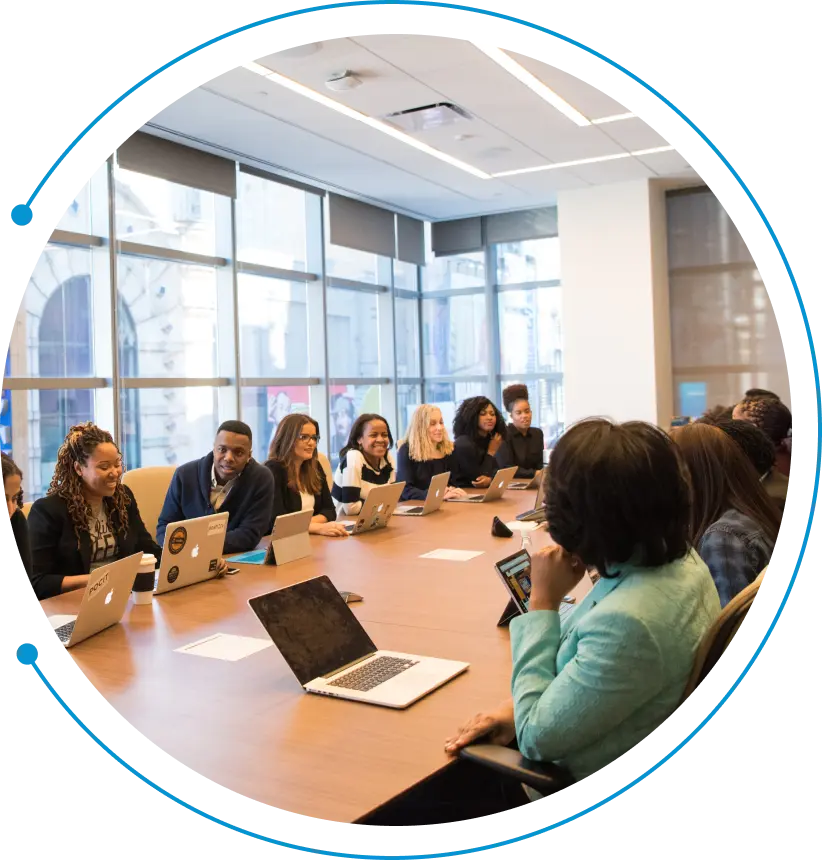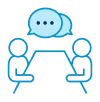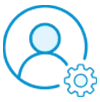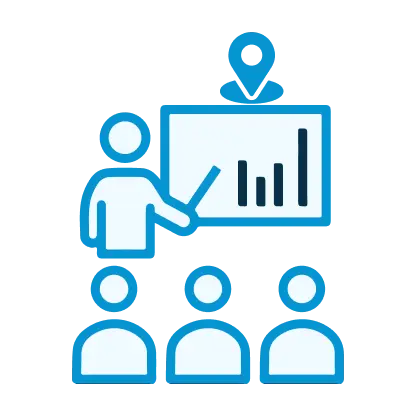We're open through the holidays to support your upskilling goals — Which training do you want to book?
We're open through the holidays to support your upskilling goals — Which training do you want to book?
Unable to find what you're searching for?
We're here to help you find itChange Technology

Clear All
Filter
Clear All
Clear All
Clear All
*Excluding VAT and GST
Showing to of entries
The journey of AI-powered automation began with the evolution of basic automation tools in the 1980s, gradually integrating artificial intelligence as computing power advanced. Early milestones included rule-based systems and expert systems that mimicked human decision-making. In the 2000s, with the rise of big data and cloud computing, AI's capabilities expanded, allowing systems to learn from data patterns.
The introduction of RPA in the 2010s marked a turning point, enabling organizations to automate repetitive tasks. Coupled with AI technologies like computer vision, speech recognition, and machine learning, automation became smarter and more adaptable. Today, AI-powered automation is a core driver of digital transformation, reshaping industries and redefining job roles.
Recent trends in AI-powered automation highlight a shift toward hyperautomation, where multiple technologies—AI, RPA, low-code platforms, and analytics—are integrated for end-to-end process automation. There's a growing use of generative AI to enhance automation workflows by enabling systems to generate content, code, and insights with minimal human input.
Cloud-based automation platforms are gaining traction, offering scalability and flexibility. Tools like ChatGPT, Google Vertex AI, and Microsoft Power Automate are helping enterprises create intelligent bots and automated solutions faster than ever. Industries are also embracing AI Ops, intelligent document processing, and self-healing systems, showcasing how automation is becoming more autonomous and context-aware in 2025 and beyond.
Ans - No, the published fee includes all applicable taxes.



